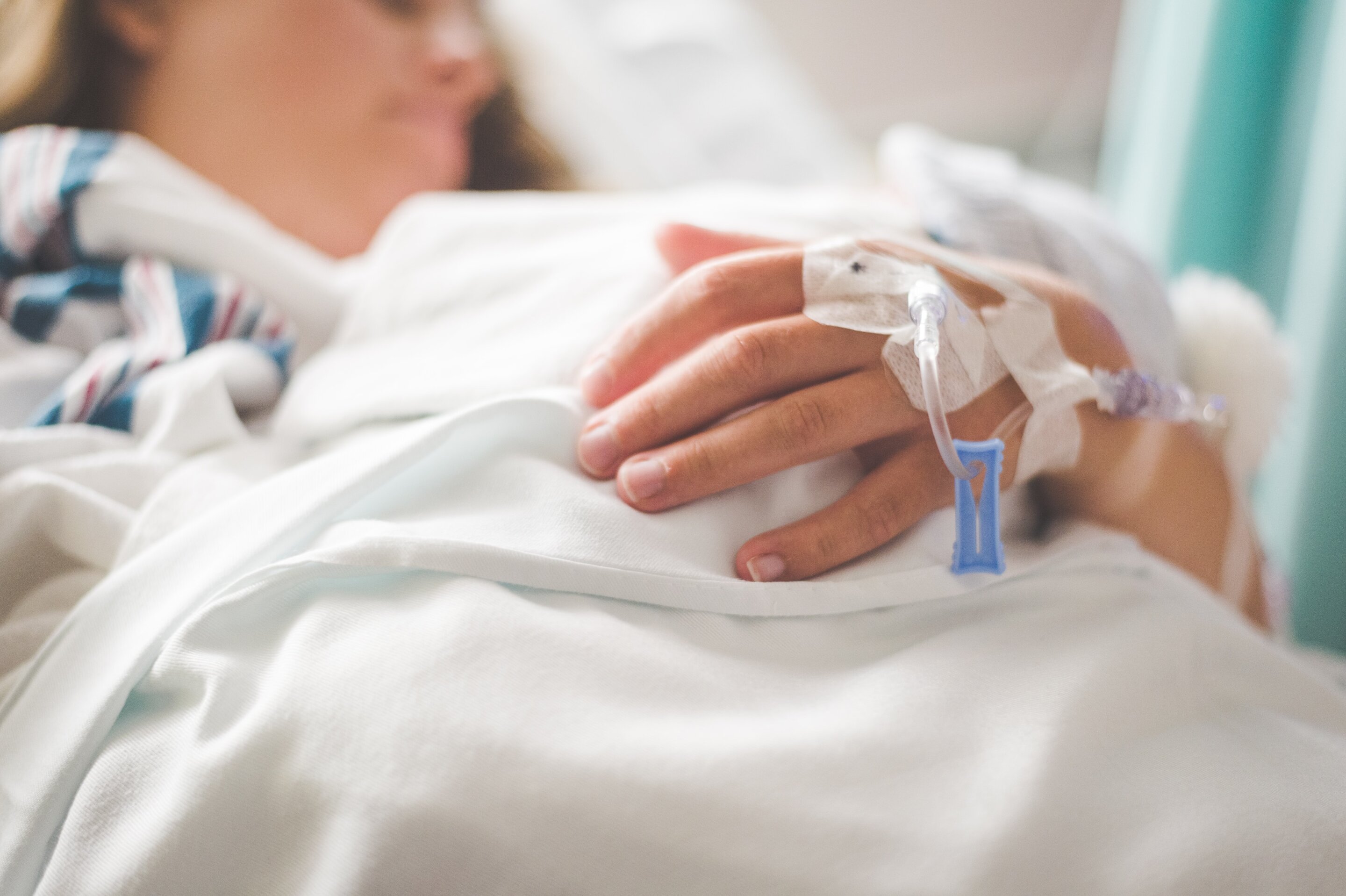Health experts are urging parents to vaccinate their teenagers against COVID-19 after a report published by the Centers for Disease Control and Prevention showed hospitalizations increased in months after the vaccine’s authorization for people 12 and up.
The agency’s surveillance system COVID-NET – which covers approximately 10% of the country’s population – found hospitalization rates among adolescents 12 to 17 increased from March 1 to April 24 after declining in January and February, according to the study published Friday in the CDC’s Morbidity and Mortality Weekly Report.
Among 204 adolescent patients hospitalized for COVID-19 from January 1 to March 31, more than 30% were admitted to the intensive care unit, and nearly 5% required mechanical ventilation. Over 35% of patients hospitalized were Black and 31% Latin a statement Friday, o. CDC Director Dr. Rochelle Walensky says she was “deeply concerned” and “saddened” by the report’s findings.

“Much of this suffering can be prevented,” she said. “I ask parents, relatives, and close friends to join me and talk with teens about the importance of these prevention strategies and to encourage them to get vaccinated.” About 70% of hospitalized adolescents had one or more underlying medical conditions, the most common being obesity, chronic lung disease, asthma, and neurological disorders.
However, teen hospitalization rates from March 1 to April 24 were still about 12.5 times lower than older adults 18 and older. Some experts worry health officials are rushing to vaccinate children and adolescents without sufficient safety data when they’re not at risk for severe disease.
Parental conseneedseed to get COVID shot?: Here’s how some teens are approaching their anti-vaccine families. A vaccine safety group with the CDC announced on May 17 it was investigating reports of myocarditis occurring in young adults and teenagers who have received the mRNA COVID-19 vaccine. According to the Mayo Clinic, inflammation in the heart muscle can affect the heart’s electrical system, reducing its ability to panic.
Although cases were reportedly mild and patients recovered, it’s unclear if they may suffer from long-term effects or heart muscle scarring, said Dr. Cody Meissner, chief of pediatric infectious diseases at Tufts Children’s Hospital.
“The issue that one has to address with any vaccine does any side effect from the vaccine outweighs a benefit from the disease that’s being prevented … at present, there doesn’t seem to be deaths in the 12 to 17 age group,” he said. “The ethical mandate isn’t to vaccinate our children and adolescents; the ethical mandate is to not harm.”
As of June 4, approximately 2.3 million 12- to 17-year-olds in the U.S. have been fully vaccinated, according to CDC data. “There’s a train leaving the station, and everyone is jumping on it, making me a little bit nervous,” Meissner said. “It’s too fast.”
Some health experts say the report may not accurately depict the actual impact COVID-19 has on the adolescent population, as it only documented hospitalizations with positive tests and didn’t account for patients admitted for multisystem inflammatory syndrome in children or MIS-C.
“Most kids with MIS-C don’t necessarily have a positive PCR test. They are more likely to have antibody evidence of having had the infection, but those things are not being tested,” Bernstein said. “We may be underestimating severe COVID-19 associated disease among teenagers,” Meissner argues the condition is too rare to make a difference.
The Food and Drug Administration authorized the COVID-19 vaccine developed by Pfizer and German partner BioNTech on May 10 for children 12 and older. Before that, the vaccine was approved for people over 16.
The mRNA vaccine by Moderna and the single-shot vaccine by Johnson & Johnson are currently authorized for adults 18 and older. Moderna reported on May 25 its vaccine has been shown in trials to be safe and effective for children as young as 12 and will ask for FDA authorization for its broadened use this month.
Dr. Alejandro Jordan Villegas, a pediatric infectious disease expert at Orlando Health Arnold Palmer Hospital for Children, said the most crucial thing about vaccination is preventing severe infection and mortalities in adolescents and other community members.
“We know that kids, especially older than 10, have a higher transmissible rate than kids younger than 10. Immunizing that population will decrease the chances that those infected teenagers will go into the community and infect others,” he said. Walensky urged teens to follow public health recommendations until they become fully vaccinated.
“Until they are fully vaccinated, adolescents should continue to wear masks and take precautions around others who are not vaccinated to protect themselves and their family, friends, and community,” she said. Taylor Avery controls low Adrianna Rodriguez on Twitter: @AdriannaUSAT.
Health and patient safety coverage at USA TODAY is partly made possible by a grant from the Masimo Foundation for Ethics, Innovation, and Competition in Healthcare. The Masimo Foundation does not provide editorial input.








